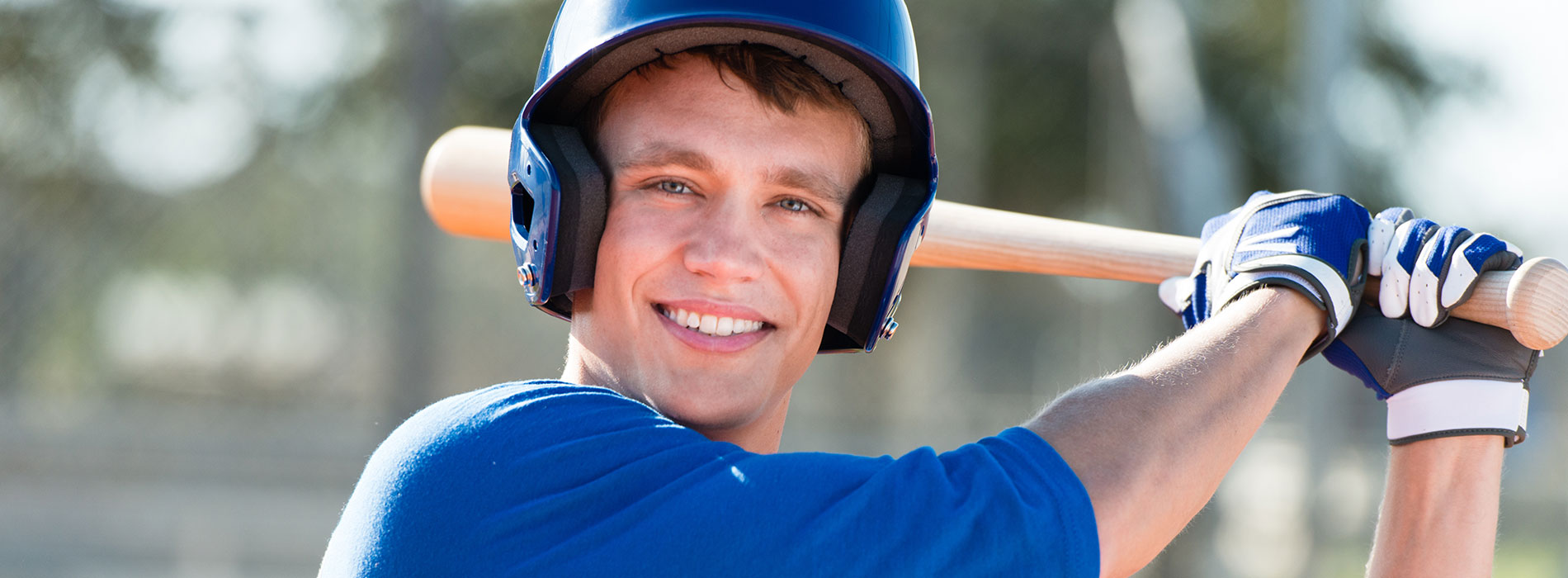

Sports vision testing helps athletes determine how well their eyes perform. These tests go beyond standard eye tests that only evaluate the ability to see letters and objects clearly on a standard eye chart. Sports vision testing takes eyesight evaluation one step further, which is vital to overall athletic training as well as specifically enhancing visual function.
While sports vision testing can vary greatly depending on an athlete’s specific needs, in general, sports vision testing can be beneficial for assessing athletic abilities associated with hand-eye coordination, eye tracking, and depth perception. If you are a local athlete looking to improve your performance, Dr. Khalil can help.
Our Reston optometrist offers several different vision tests for assessing athletic performance and capabilities. The first test is the classic Snellen Eye Chart. Patients are asked to read lettering on a standard eye chart that is placed 20 feet away. You must identify the letters along the lines of increasingly smaller sizes until the letters can no longer be identified. Usually the 20/20 line is the fourth from the bottom; if you can correctly read this line, you have 20/20 vision. If you can read the smallest line, then you have 20/15 vision. This basic eye test is very important for identifying an athlete’s visual acuity.
While correcting visual acuity can seem like an obvious step, some athletes are unaware that they suffer from an undetected refractive error. Refractive errors are any number of different size and shape abnormalities that affect the eye’s ability to focus light on the retina, affecting vision. Depending on your athletic goals, you may wish to undergo a vision correction procedure like LASIK, which could eliminate the need for glasses and contacts.
Contrast sensitivity is also important for athletic performance. During a contrast sensitivity test, you will be asked to identify the orientation of parallel gray stripes against backgrounds of various colors. The backgrounds gradually begin to match the shades of the stripes. Low contrast sensitivity, especially in low-light conditions, will make it more difficult to track objects. A variety of solutions can be effective for addressing contrast sensitivity concerns. These solutions include wearing eyeglasses with a special lens tint to increase visibility, depending on your vision needs.
Ocular alignment tests, like the Hirschberg test, evaluate how well both eyes work together. Alignment problems are detected by analyzing specific points on the cornea where reflections occur. Dr. Khalil also recommends eye dominance tests. Dominance is determined by focusing on an object as it moves closers; when one eye diverges or loses focus, this means that the other eye is dominant. If one eye loses focus too soon, you may be suffering from binocularity, a condition where both eyes struggle to work together to manage depth perception and visual coordination.
Athletic performance is not only enhanced in the gym; it also requires excellent visual processing speed and hand-eye coordination. Contact our local optometrist to learn more about the benefits of sports vision training and to schedule your sports vision test today.
